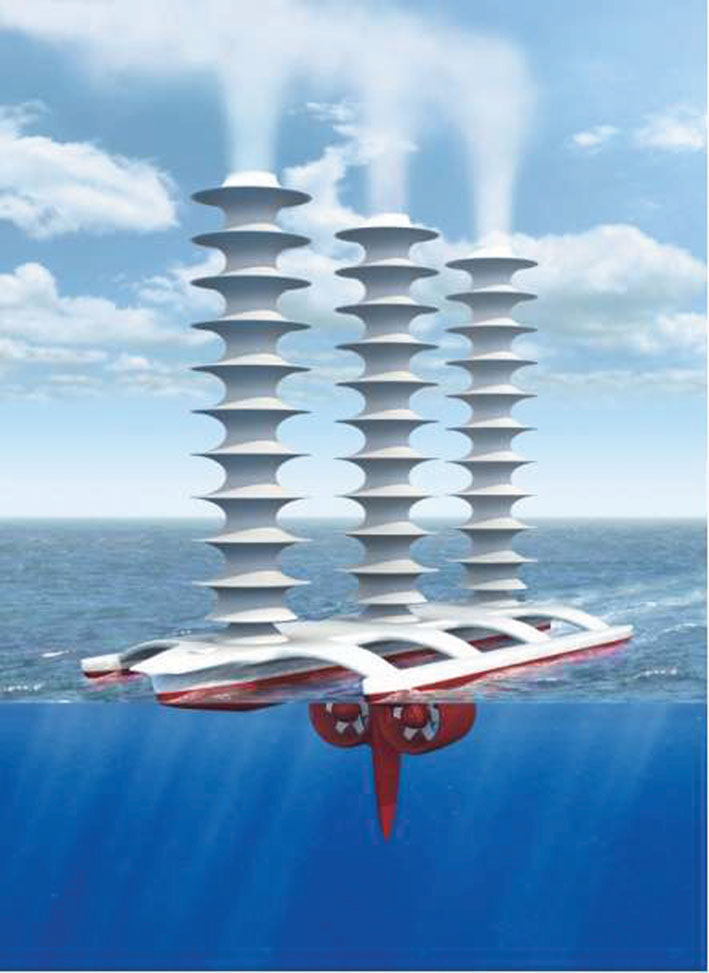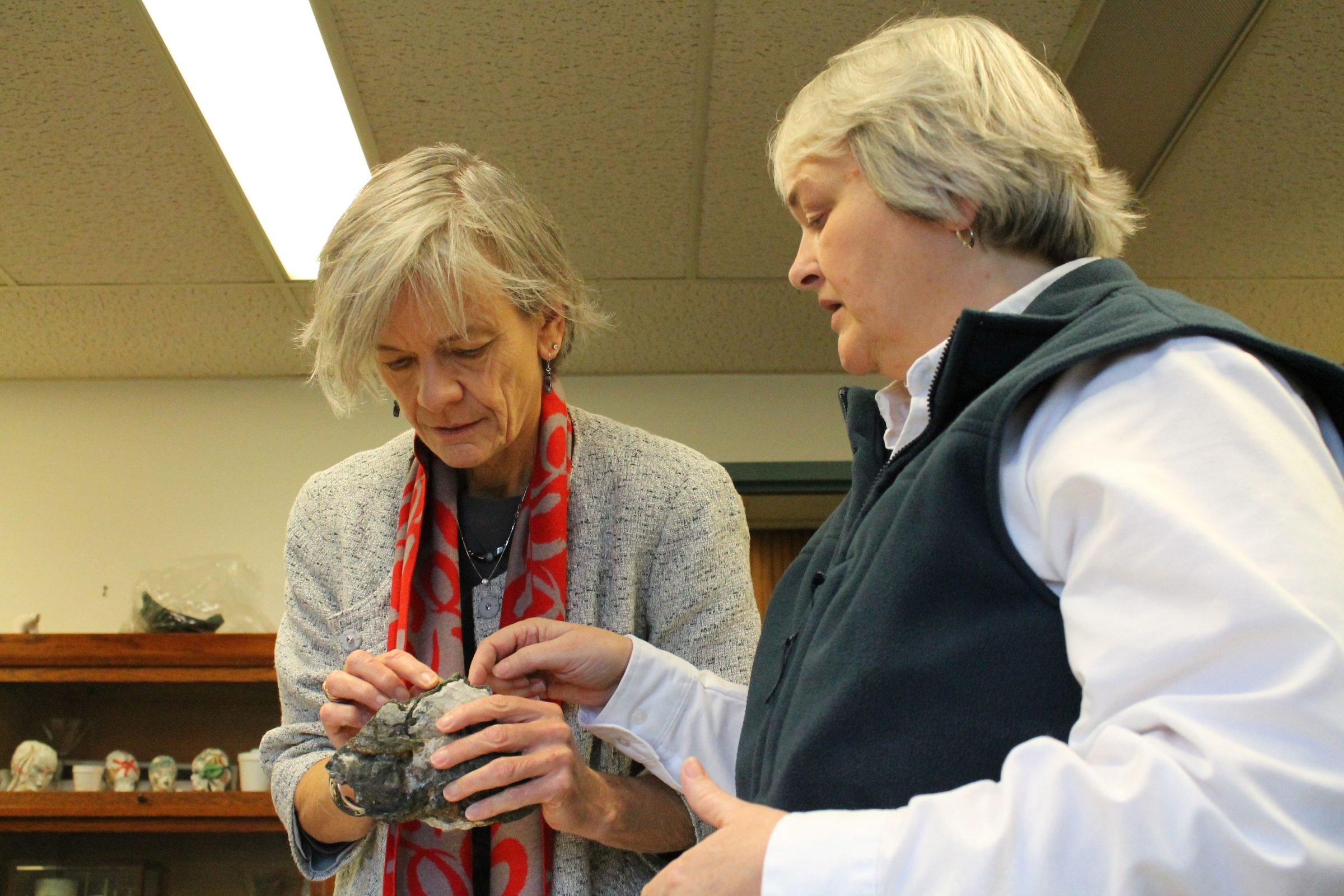Big Bertha, the world’s largest tunnel boring machine, is clawing its way under Seattle to replace the aging above-ground Alaskan Way Viaduct. But in mid-December, something big blocked its path and stopped its forward progress under the city. What is it? No one really knows, but one potential is it could be a glacial erratic. Terry Swanson from Earth and Space Sciences talks to KUOW about these glacial relics and their geologic history in the Puget Sound.
Read more »Sinuous skeletons, glowing blue and crimson, leap from lab to art world
A scalyhead sculpin is a small, rather drab, nondescript fish. But “stripped” to its skeleton and stained, it suddenly becomes a striking specimen in vivid blues and crimson. Striking enough to be among the 14 photos by Adam Summers, University of Washington professor of biology, in his “Cleared: The Art of Science” on display now through spring 2014 at the Seattle Aquarium.
Read more »Hack the planet? Geoengineering research, ethics, governance explored
Hacking the Earth’s climate to counteract global warming—a subject that elicits strong reactions from both sides —is the topic of a December special issue of the journal Climatic Change. A dozen research papers include the most detailed description yet of the proposed Oxford Principles to govern geoengineering research, as well as surveys on the technical hurdles, ethics and regulatory issues related to deliberately manipulating the planet’s climate.
Read more at UW Today »Letter from the Dean
When people hear of the College of the Environment, many think that means we are “the College of Environmental Problem Solving.” While, admittedly, we excel at addressing some of the greatest environmental challenges of our day, our research and education programs have a much broader scope. The rigorous and innovative fundamental science that our faculty, staff and students undertake addresses scientific questions that push the frontiers of what we know about life, our planet, and our solar system, and embodies the pure joy of discovery.
Read more »Astronomers solve temperature mystery of planetary atmospheres
An atmospheric peculiarity the Earth shares with Jupiter, Saturn, Uranus and Neptune is likely common to billions of planets, University of Washington astronomers have found, and knowing that may help in the search for potentially habitable worlds. First, some history: It’s known that air grows colder and thinner with altitude, but in 1902 a scientist named Léon Teisserenc de Bort, using instrument-equipped balloons, found a point in Earth’s atmosphere at about 40,000 to 50,000 feet where the air stops cooling and begins growing warmer.
Read more »



